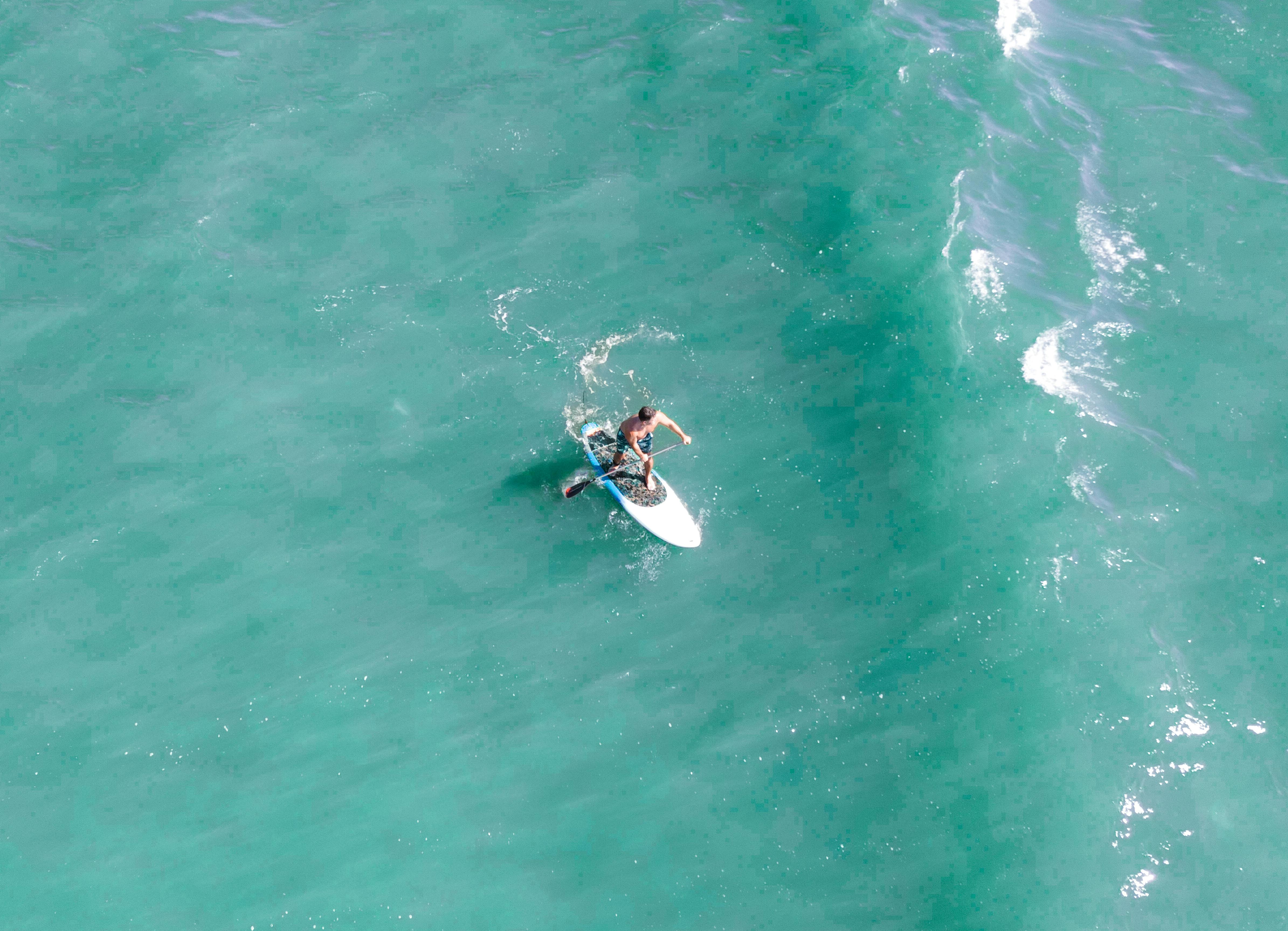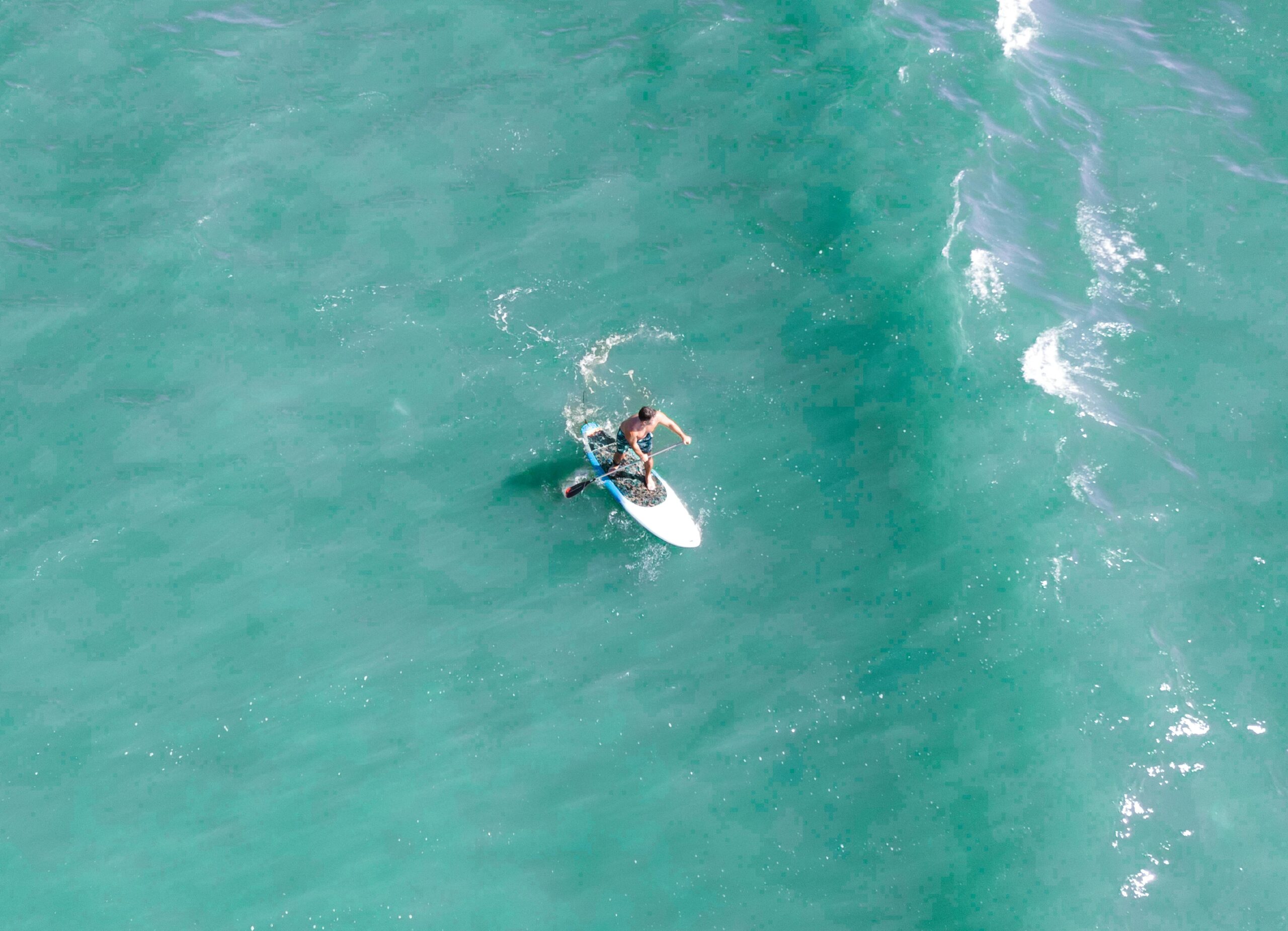Mastering the World of Sport Tuna: Complete Guide
Sport tuna fishing is more than just a hobby—it’s an exhilarating pursuit that challenges even the most seasoned anglers. As tuna populations shift and interest in sustainable fishing grows, understanding how to fish for sport tuna effectively has never been more important. This article provides an in-depth guide on the sport tuna experience, equipping readers with practical knowledge, expert strategies, and future insights.

Understanding the Fundamentals
Sport tuna refers to the recreational pursuit of catching large, powerful tuna species, such as bluefin, yellowfin, and albacore, using rods and reels rather than commercial methods. These fish are prized for their speed, strength, and fighting spirit, making them a top target for big game fishermen around the globe.
The roots of sport tuna fishing trace back to early 20th-century recreational anglers, and the sport has since evolved into a billion-dollar industry. Mastery requires more than brute strength—it demands knowledge of marine biology, fishing tactics, and weather conditions.
1.1 Tuna Behavior and Migration
Understanding how tuna move and when they feed is critical. Tuna are migratory fish, often traveling thousands of miles annually in search of food and optimal breeding grounds. According to recent marine tracking studies, bluefin tuna can cross the Atlantic multiple times in a single year.
Sport tuna tend to congregate along oceanic currents and thermal boundaries. They’re often found chasing schools of baitfish such as sardines or mackerel. Knowing these patterns enhances catch rates and minimizes wasted effort.
1.2 Gear and Tackle Essentials
Unlike freshwater fishing, sport tuna requires heavy-duty gear. Rods are typically 5 to 7 feet long with high test lines rated up to 200 lbs. Reels must offer strong drag systems to handle long, fast runs common with tuna battles.
Key tackle items include:
- Circle hooks or J-hooks (size 6/0 and above)
- Fluorocarbon leaders for invisibility in clear water
- Metal jigs and live bait rigs
The right equipment directly impacts your success and the sustainability of your catch.
Practical Implementation Guide
Now that the foundation is laid, it’s time to put knowledge into action. Implementing proper techniques and best practices in sport tuna fishing will lead to consistent results and memorable experiences.

2.1 Actionable Steps
- Plan the Trip: Choose a region known for sport tuna (e.g., California coast, Cape Cod, Mediterranean) and check local seasons and regulations.
- Gear Up: Invest in quality rods, reels, and tackle. Test everything beforehand to avoid failure under pressure.
- Scout and Locate: Use sonar, sea surface temperature maps, and bird activity to identify promising fishing spots.
2.2 Overcoming Challenges
Even expert anglers face hurdles. Here are some common issues and how to address them:
- Line Breakage: Upgrade to higher test lines or use wind-on leaders.
- No Bites: Switch bait types or change depth and retrieval speed.
- Weather Shifts: Use forecasting tools to avoid storms and turbulent seas.
Always keep a backup plan, and never underestimate the ocean’s unpredictability. Safety comes first, especially during offshore sport tuna pursuits.
Advanced Applications
Once you’ve built a solid foundation, it’s time to level up. Advanced sport tuna strategies involve technology, precision, and coordination with seasoned crews. These methods are ideal for tournaments or serious recreational anglers.

3.1 Kite Fishing
Kite fishing is a powerful method that presents bait on the water’s surface while minimizing line visibility. Anglers deploy a kite with baited lines suspended underneath, allowing for natural movement and greater distance from the boat.
Studies show this technique significantly improves catch rates for wary tuna species, especially bluefin, which are known for avoiding standard lures.
3.2 Electronic Tagging and Tracking
Some advanced anglers work with researchers to tag sport tuna and gather data on movement and behavior. This not only aids conservation but also helps anglers refine techniques based on migration analytics.
Ensure your boat is equipped with compatible transponders and follow local guidelines when participating in scientific tagging programs.
Future Outlook
Technology and conservation are reshaping the future of sport tuna fishing. Innovations like AI-assisted sonar, eco-friendly lures, and real-time tracking tools are enhancing both effectiveness and sustainability.
With global efforts focusing on protecting tuna populations, sport tuna will continue to evolve as a responsible yet thrilling sport. Anglers should stay updated on international fishing regulations and climate impact reports to ensure compliance and preparedness.
Conclusion
To summarize:
- Sport tuna fishing blends excitement with technical skill
- Understanding fish behavior and using proper gear is crucial
- Staying informed ensures success and sustainability
Whether you’re a novice or a seasoned angler, mastering these principles will make every offshore trip count.
Start planning your next adventure with confidence. Gather your gear, read the tides, and set sail for an unforgettable sport tuna experience!
Frequently Asked Questions
- Q: What is sport tuna fishing? Sport tuna fishing is the recreational pursuit of catching tuna using rod and reel, often targeting species like bluefin or yellowfin tuna.
- Q: How do I get started with sport tuna? Begin by researching local tuna seasons, renting or purchasing appropriate gear, and joining a charter or guided trip.
- Q: How long does a typical sport tuna trip last? Most trips range from half-day to multi-day excursions, depending on location and target species.
- Q: How much does sport tuna fishing cost? Costs can range from $500 to $3000 per trip, depending on location, boat rental, gear, and duration.
- Q: How does sport tuna compare to other fishing? It’s more intense and gear-heavy than freshwater or inshore fishing, but offers greater rewards in size and excitement.
- Q: Is sport tuna fishing difficult? It requires strength, stamina, and technique, but newcomers can quickly learn with guidance and practice.
- Q: Can sport tuna fishing be used in commercial industries? While primarily recreational, insights from sport tuna fishing often inform sustainable practices in commercial sectors.
